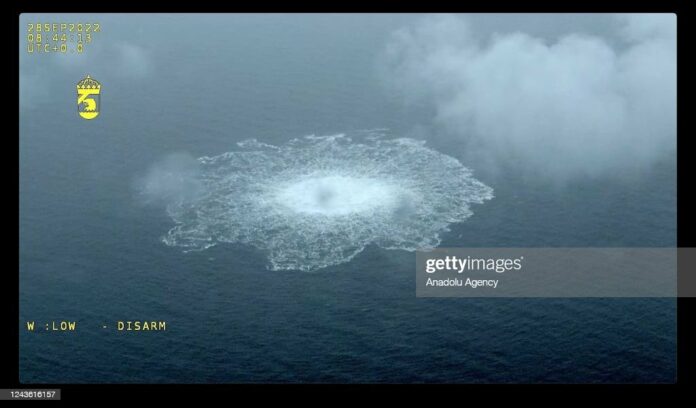
News Americas, NEW YORK, NY, Tues. Oct. 4, 2022: A gas pipeline in the ocean is a tempting invitation for mischief from rogue states.
The circuit breaker box controls the electrical energy in your house. Electronic devices in your house ranging from microwaves to televisions would be reduced to ornaments if the circuit breaker box malfunctions. This critical box is installed in your house, not on your street. You wouldn’t want criminals to easily disable the lights and alarms in your house by destroying a circuit breaker box installed on your street. In general, you would not want any equipment that is a single point of failure for your house to be easily tampered with.
Building a gas pipeline in the vicinity of contested waters with Venezuela is creating a single point of failure that weakens the energy security of Guyana. The main purpose given for building this gas pipeline is to supply the majority of electricity to Guyanese homes and businesses. However, a rogue state can puncture the gas pipeline in the ocean which would bring Guyana to its knees.
Energy security is like oxygen, you realize the magnitude of its importance when you don’t have it. Gas pipelines running in the ocean to Europe are now being sabotaged by rogue states. These punctured gas pipelines are releasing methane, at least 80 times more potent than carbon dioxide, into the atmosphere. Many Europeans are worried about freezing in the winter without gas to keep them warm. We should learn from the mistakes of others not make them ourselves.
We have reasonable energy alternatives compared to a single point of failure gas pipeline. One of the best alternatives is to use solar power. Unlike Europe and North America which have large solar deployments, we sit near the equator — the sweet spot for solar. Solar power can be deployed in a decentralized fashion where there is no single point of failure. This ensures better energy security because it will be hard to take down the entire system quickly. Whereas building a gas pipeline in the vicinity of disputed waters with Venezuela is promoting temptation for mischief.
The government has stated we need to pump as much oil as quickly as possible because the fossil fuel era is coming to an end soon. Hence, it seems illogical that the gas-to-shore project, estimated to cost us at least US$900 million dollars, is being touted over cheaper and longer-lasting renewable alternatives as the primary source of electricity.
If the gas pipeline is punctured in the first few years of operation, how long will it take to fix it and how long will Guyanese be in the dark? Whom would we hold accountable? It will be hard to prove who did it in the middle of the ocean. What about if it keeps getting punctured every time it is fixed? Would it make economic sense to keep paying for the repairs?
Europe is worried about possible sabotage of the newly minted Baltic Pipe, a gas pipeline running in the ocean from Norway to Central Europe. This gas pipeline was supposed to signal Europe’s march towards energy independence from Russia. Now, after the recent punctures of the Nord Stream pipelines, the Europeans are worried that the Baltic Pipe may become an ornament sitting on the ocean floor.
The number one goal of the government is to protect its people. Building an offshore gas pipeline to supply the bulk of electricity seems more in the interest of lining the pockets of executives at foreign companies instead of focusing on what is best for the Guyanese people. A gas pipeline in the ocean is a tempting invitation for mischief from rogue states. It is irresponsible to create a new single point of failure that makes it easier for Venezuela to exploit the energy security of Guyana. It is even more absurd when one considers the economically viable renewable alternatives that will outlast a gas pipeline.
EDITOR’S NOTE: Darshanand Khusial is part of the non-profit Oil and Governance Network and a financial researcher with qualifications in management accounting and securities. He is also an IT expert who once served as the lead designer on the engine behind some of the largest retail sites in the world. He holds a Masters and Bachelors in Computer Engineering from University of Toronto. He has 15 patents granted in eCommerce software, augmented reality, retail, and dental fields.






